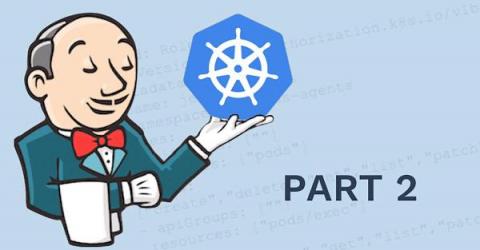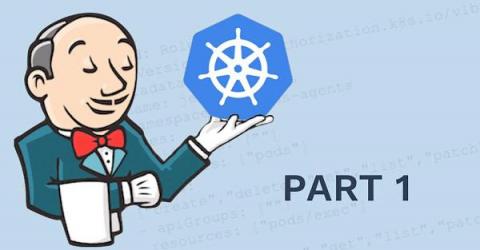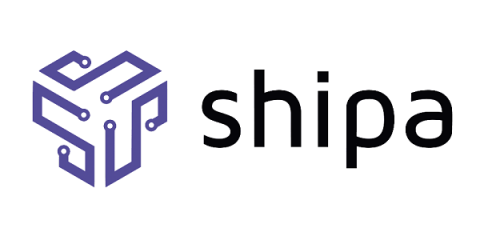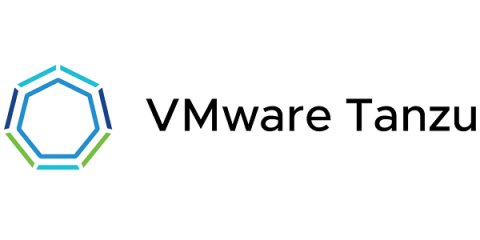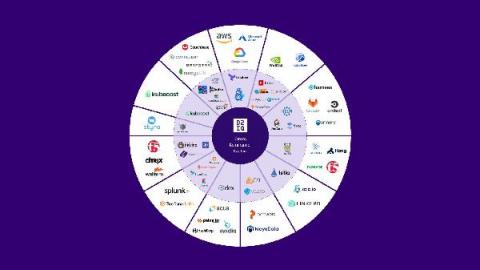Jenkins Kubernetes Plugin: Using the plugin in your pipelines
In our first post we went over setting up the Kubernetes Plugin. This described the basic setup of getting the plugin configured, and set with the proper perms to function. In this post we will go over how to leverage the plugin to generate agent pods. At Moogsoft most of our pipelines are scripted and are built inside of, or from parts of, Jenkins shared functions library we maintain.


